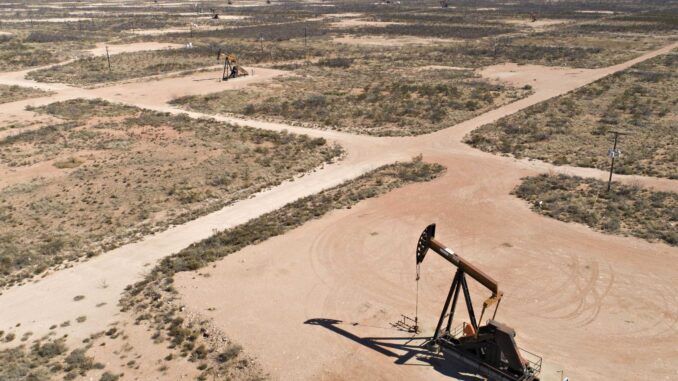Vicki Hollub, President of Occidental Petroleum, speaks during Abu Dhabi International Progressive Energy Congress (ADIPEC), in Abu Dhabi, United Arab Emirates, October 2, 2023. REUTERS/Amr Alfiky/File Photo Acquire Licensing Rights
DAVOS, Switzerland, Jan 16 (Reuters) - The oil market could be heading for a supply crunch from 2025 onwards as oil exploration fails to keep pace with demand, Occidental Petroleum (OXY.N), opens new tab Chief Executive Vicki Hollub said on Tuesday.
Hollub, who spoke on the sidelines of the World Economic Forum in Davos, said U.S. WTI crude prices could trade in the $80-$85 a barrel range from 2025. Prices averaged about $78 a barrel last year.
"In the near term, the markets are not balanced; supply, demand is not balanced," Hollub said, adding that: "2025 and beyond is when the world is going to be short of oil".
Hollub said that from the mid-1950s to the late 1970s, oil companies were finding around five times as much oil as was used, a ratio that has steadily declined to about 25% in 2023.
She said that from 2012, U.S. oil companies moved away from exploration and focused on tapping shale oil reserves, which have a much shorter lifespan than conventionally produced oil.
She added that she expected energy transition scenarios will have to be adjusted to accommodate for more oil exploration.
"I think the industry is looking at a scenario where we will be able to do all the things that we need to do as a part of the transition".
The market will move from near term oversupply, to a long period when the world is going to need more oil, she added.
Reporting by Dmitry Zhdannikov in Davos Writing by Ahmad Ghaddar in London Editing by Mark Potter




